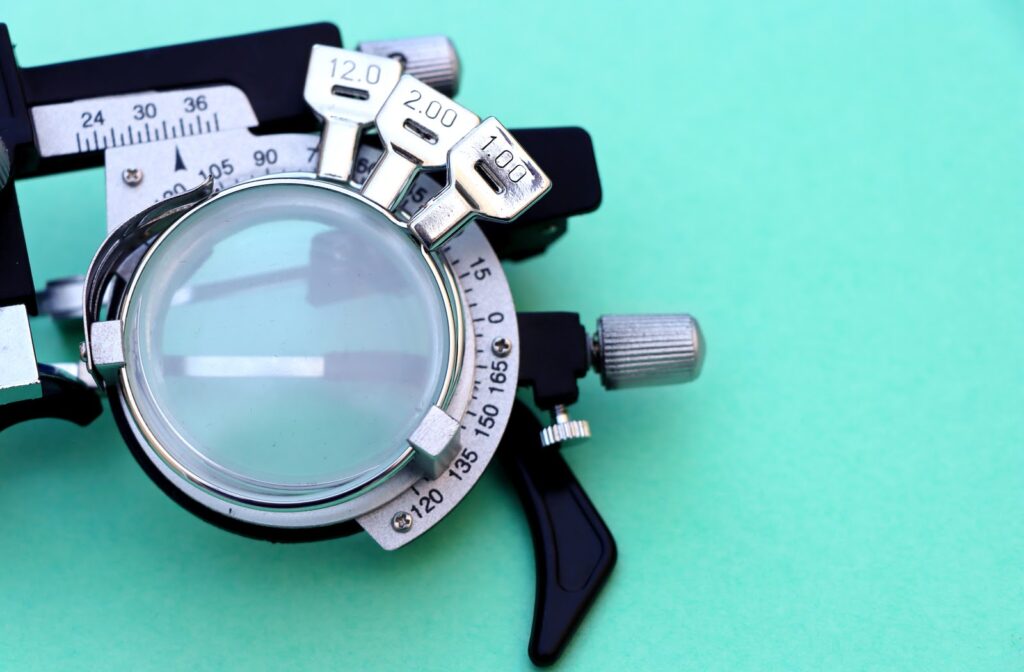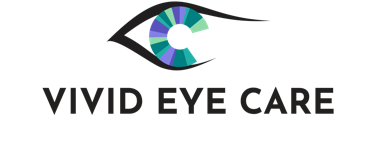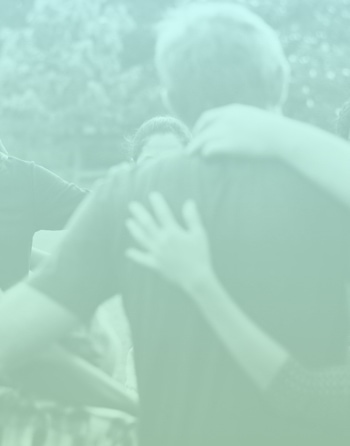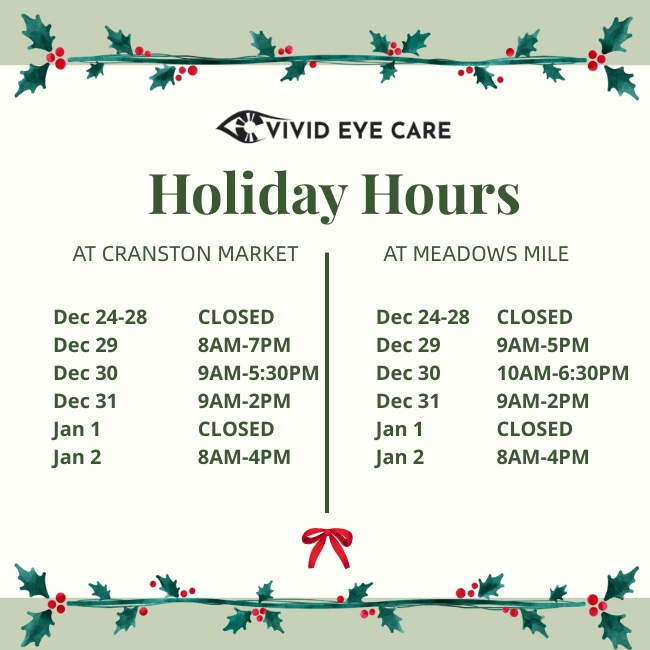Myopia is the world’s most common refractive error, affecting over 1.9 billion people on planet Earth. However, at least 70 million of those people suffer from an extreme form of the condition known as high myopia, which can cause additional health risks and more severe vision problems.
What’s the difference between myopia and high myopia—and what puts a person at risk for the latter? Our experience helping countless patients with all levels of myopia management has provided us with some critical insights. We’ll give you the details below, along with suggestions for managing this serious condition if it affects you or someone you love.
High Myopia vs. Regular Myopia: What’s the Difference?
Myopia
Myopia is characterized by an eyeball that is longer than usual. When your eyeball is too long, incoming light focuses in front of your retina instead of focusing on it directly. As a result, your vision will blur when viewing objects at a distance.
Most eye doctors agree that myopia results from a combination of genetic and environmental factors. In addition to a family history of myopia, the following factors are linked to increased risk for this condition:
- Spending more time on near work (including work on most digital devices)
- Spending less time outdoors
- Higher education level (perhaps because of the near work involved with most fields of study)

High Myopia
Myopia is measured in dioptres (D), with higher numbers representing greater severity. A minus sign (-) is placed in front of the number to indicate that lenses are needed to correct nearsightedness.
Any myopia that affects your eye’s focusing power up to -6.00 dioptres is known as simple myopia, but myopia over -6.00 dioptres is classified as high myopia instead. High myopia is more likely to affect people of Asian or Middle Eastern descent and is also associated with the following conditions:
- Congenital glaucoma
- Ocular albinism
- Retinopathy of prematurity (ROP)
- Marfan syndrome
- Ehlers-Danlos syndromes
Put simply, high myopia is often caused by factors beyond a person’s control. However, animal trials have demonstrated that myopia can be induced when eyes are deprived of proper vision—and the longer they are deprived, the more severe myopia becomes.
What does that mean for you? It means that while you can’t eliminate the risk of myopia for yourself or your loved ones, you can reduce it by taking better care of your eyes. Scheduling regular eye exams with a qualified optometrist is an excellent way to screen for myopia so that you can begin managing its symptoms if it appears, and vision therapy may help reduce this condition’s severity or slow its progress.
Why Managing High Myopia is Especially Important
Simple myopia requires corrective lenses to restore clear vision but may not lead to additional eye problems. However, high myopia has been shown to increase the risk of developing numerous severe eye diseases and other conditions such as:
- Glaucoma: a disease that occurs when the optic nerve suffers damage and can no longer communicate visual information to the brain. Glaucoma gradually erodes peripheral vision and leads to complete blindness if left unmanaged. Sight lost to glaucoma cannot be restored.
- Cataracts: a disease that occurs when the eye’s lens turns cloudy and milky, gradually creating a veil over a person’s vision and preventing them from seeing clearly.
- Retinal detachment: an emergency that happens when the retina pulls away from the blood vessels that provide it with nutrients. Retinal detachment can also lead to permanent vision loss if steps are not taken to treat it.
- Retinal splitting (myopic retinoschisis): a relatively rare disorder that occurs when the retina splits into two layers. Retinoschisis causes slow and progressive vision loss in various parts of a person’s field of vision, depending on where the split occurs.
- Choroidal neovascularization: a sight-threatening condition that happens when new blood vessels grow underneath the retina and leak or bleed into it.
- Macular degeneration: a disease that causes central vision loss due to thinning of the macula (a portion of the retina that helps you focus on objects in the middle of your field of vision). Macular degeneration can make it difficult to read, drive, or recognize faces.
Many of these conditions are associated with aging, but high myopia makes it more likely that they will develop earlier in your lifetime. For this reason, it is vital to seek out a qualified and experienced eye doctor for help managing high myopia if you or someone in your family has it.
Myopia Management Options
- Glasses: glasses with specialized lenses are often used in myopia management. Your optometrist might recommend bifocal lenses (lenses with 2 prescriptions), multifocal lenses (lenses with multiple prescriptions), or MyoVision lenses (single-prescription lenses specifically designed for myopia control).
- Contact lenses: a variety of contact lenses are available to help manage myopia. Most commonly, soft, multifocal contact lenses are used. Multifocal contact lenses contain multiple prescriptions for near and distance vision, helping to slow myopia progression by creating peripheral blur to slow eye growth.
- Orthokeratology: orthokeratology, or ortho-k, is a specialized type of contact lens. They are worn while you sleep and gently reshape the cornea to correct vision. This means that with continued use, not contact lenses or glasses need to be used during the day.
- Atropine eye drops/ointment: atropine has been shown to slow myopia progression and is available in eye drop and ointment form. Your optometrist may recommend atropine alongside bifocal eyeglasses to enhance the results from myopia control.
- Other methods: in addition to the methods above, there are a number of lifestyle adjustments that can also help reduce myopia progression. Your optometrist might recommend eating certain foods, spending more time outdoors, or adjusting your sleep schedule.
Get Help for High Myopia Today
High myopia doesn’t just cause challenges focusing on faraway objects; it also has the potential to impact your future ocular health and vision in significant ways. Make sure to schedule routine eye exams with your eye doctors to watch for signs of myopia and take decisive action to manage high myopia if it appears in your family.





















